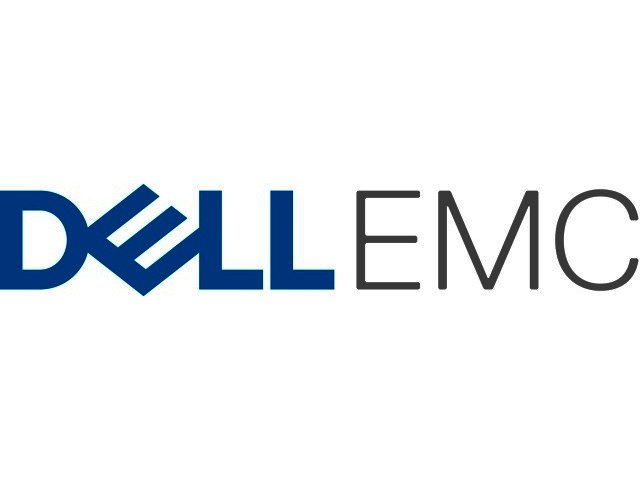Over the past few years, much has been said about flash storage, the benefits it portends and how the technology is poised to change business. However, if why exactly flash is such a big deal is still somewhat nebulous, even mysterious, you aren’t alone.
To this end, Dell EMC have launched a new podcast series that will explain what exactly flash storage is, and why it is so impactful.
Rudi van Rensburg, senior manager for primary storage (All Flash) at Dell EMC points out that the world is continually being moulded by small, unseen technologies. However, he noted that people rarely appreciate the massive impact of a new technology, until they can’t consider life without its influence.
An example of this is attempting to imagine the world before screws, string, ink and countless other dark horse game changers. For those living in a modern world, it is simply unfathomable how societies could operate without such innovations, nor do we spare a thought to what people did prior to their invention.
Forward to the future
This trend has continued into the twenty first technology, with numerous small, often overlooked technologies continue to expand our abilities. Van Rensburg pointed to the humble USB port, which connects more devices together, touch screens, which have opened the gates of easy interaction with devices, and sensors that are making our vehicles and buildings intelligent, as just a few examples. Yet, he continued, one of the modern world’s biggest disruptors continues to go on unseen. “If we were to nominate the technology most valuable player of the early 21st century, no doubt it would be Flash memory and storage,” he asserted.
The reason for this, he explained, is that flash is ubiquitous, with it being found in phones and most electronic devices. The SD card used in cameras and some phone models is flash memory. Similarly, smartwatches, tablets and computers use flash memory, as do those USB thumb drives that are the digital world’s equivalent of loose change. Additionally, van Rensburg pointed out that if you ever transitioned to a Solid State Drive (SDD) on your laptop, you have sampled a taste of flash’s transformative power. However, that power is most readily seen in a smartphone.
“You can run your life off your phone - that’s how powerful a device it is. Flash memory is a big part of what makes that phone so fast and compact all at the same time. That is not possible with spinning drives,” he elaborated.

Rudi van Rensburg, senior manager for primary storage, Dell EMC
Flash vs hard drives
Moreover, flash is fundamentally different from spinning drives (hard drives). The latter operates like a high-speed vinyl record, moving a robotic arm across the spinning platter of the drive to locate data. There are physical limitations to how fast this can be done. Hard drive platters are also very sensitive and can be easily damaged. Often a small amount of damage can cascade over time to corrupt the entire drive. Due to the random nature of such damage predicting imminent failure of a hard drive is challenging and rarely accurate. For anyone who has ever had a hard drive failure, and lamented the loss of gigabytes, if not terabytes, worth of data, the Achilles heel of hard drive’s is all too painfully apparent.
Having no moving parts is one of flash storage’s big advantages. Instead of spreading data along a platter, the data on flash is written by arranging electrons along grids through tiny power currents. This not only renders much faster data reads and writes, but it is also easier to manipulate and rearrange that data. The result is magnitudes more speed, as well better predictable reliability. Whereas a spinning drive shouldn’t go beyond a five year lifespan, top grade enterprise flash storage has shown longevity of well over a decade.
Business benefit bounty
However, better longevity (and thus lowering replacement costs) isn’t the only advantage that flash drives bring. Van Rensburg pointed out that when you combine speed and reliability, you end up with a lot of flexibility. The impacts of this on a business are manifold.
“I’ll give you a real world example I see all the time. A client wants 100 terabytes of storage for their data, so they have that much in spinning disks, plus extra disks to address failure issues. These are arranged in tiers so they can get the best performance out of the fastest disks. This works, but it is expensive and takes up a lot of space. Now, let’s convert that into flash. First, they don’t need the full 100 terabytes, because flash is much, much faster and uses compression technologies not available on traditional spinning disk drives. We’ve seen customers’ performance benchmarks double, quadruple and even go as high as ten times. Second, they don’t need tiers, because you can pool flash as a resource, so you are doing far more with less. Third, the failure rate is much lower and also much easier to predict,” he enthused.
This means that, for business owners, the high speed and reliability of enterprise flash storage is perfect for modern Tier 1 applications such as ERP systems. As Van Rensburg points out, companies that adopt enterprise grade all-flash systems for their core applications are seeing performance jumps that leap off the chart. The larger boon of flash’s flexibility is that it can easily be allocated to other applications in the business.
The path ahead
“When flash started being adopted in enterprises, around 2008, you saw maybe five percent of company workloads being put on flash storage. Today we’re seeing 100 percent utilisation. In none of those cases did the companies feel forced to use flash. They started small, but saw such leaps in performance and reductions in cost of ownership that it just made sense,” he added.
So are hard drives going the way of the dodo? No, not entirely, at least not yet, with van Rensburg noting that there is still place in modern companies for spinning drives. “But just as wooden wheels made way for vulcanised rubber, the way forward is the speed, agility and reliability of enterprise flash storage. It opens the doors to a new level of application performance, at far better costs,” he concluded.





